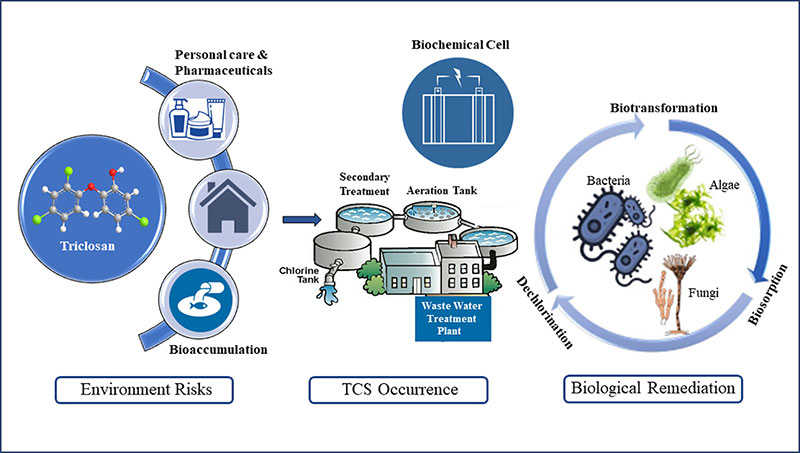With destruction technologies, contaminants are destroyed in the soil mass mainly due to chemical oxidation, heat treatment and biological remediation. However, due to a strong C - F bond and the high melting point of PFAS substances, the repair options are very low and most of them have only been applied on a laboratory scale.
In heat treatment or thermal desorption (TD), chemicals are destroyed using thermal energy. In the case of PFAS, the soil is heated to a temperature between 500 and 600 ° C to vaporize organic contaminants, including PFAS, from the soil matrix, generating a flow of gas. To separate the contaminants from the soil, the temperature should be above the boiling point of the organic compound to be destroyed (EPA Victoria, 2011 ). The resulting gas stream is converted to vapor and carbon dioxide and heated to a high temperature (> 1200 ° C) to break up the PFAS compounds and capture the fluoride with a scrubber .
The high melting point of PFAS makes them resistant to heat treatment methods. The equipment supplies thermal energy using recycled water and propane to generate steam at 1100 ° C for PFAS (700 ° C for other chemicals). Contaminants are destroyed and desorbed in the vapor phase, which requires further treatment and recycling processes. Treatment with 950 ° C for 30 min was shown to remove a variety of PFAS including P FOS with 99% efficiency.
Due to the high temperature required for thermal desorption, the method is expensive and requires a high initial investment in infrastructure, especially when dealing with large contaminated sites.
Biological remediation has several advantages but PFAS does not biodegrade rapidly.
Given their complexity, there are analytical problems to consider for the identification of PFAS and their precursors even in the various aqueous phases. It is necessary to define as total load, the sum of free PFAS and bound PFAS, in practice also in this case like that of the soils, the effect of the matrix is very important.
For the identification of the total PFAS load in water (free PFAS + bound PFAS), traditional analytical methods (EPA, ASTM, ISO) allow to detect only the free fraction. While the fraction of bound PFAS is not determined. The impact of related PFAS varies with the variation of the type of water (drinking, wastewater, leachate).











